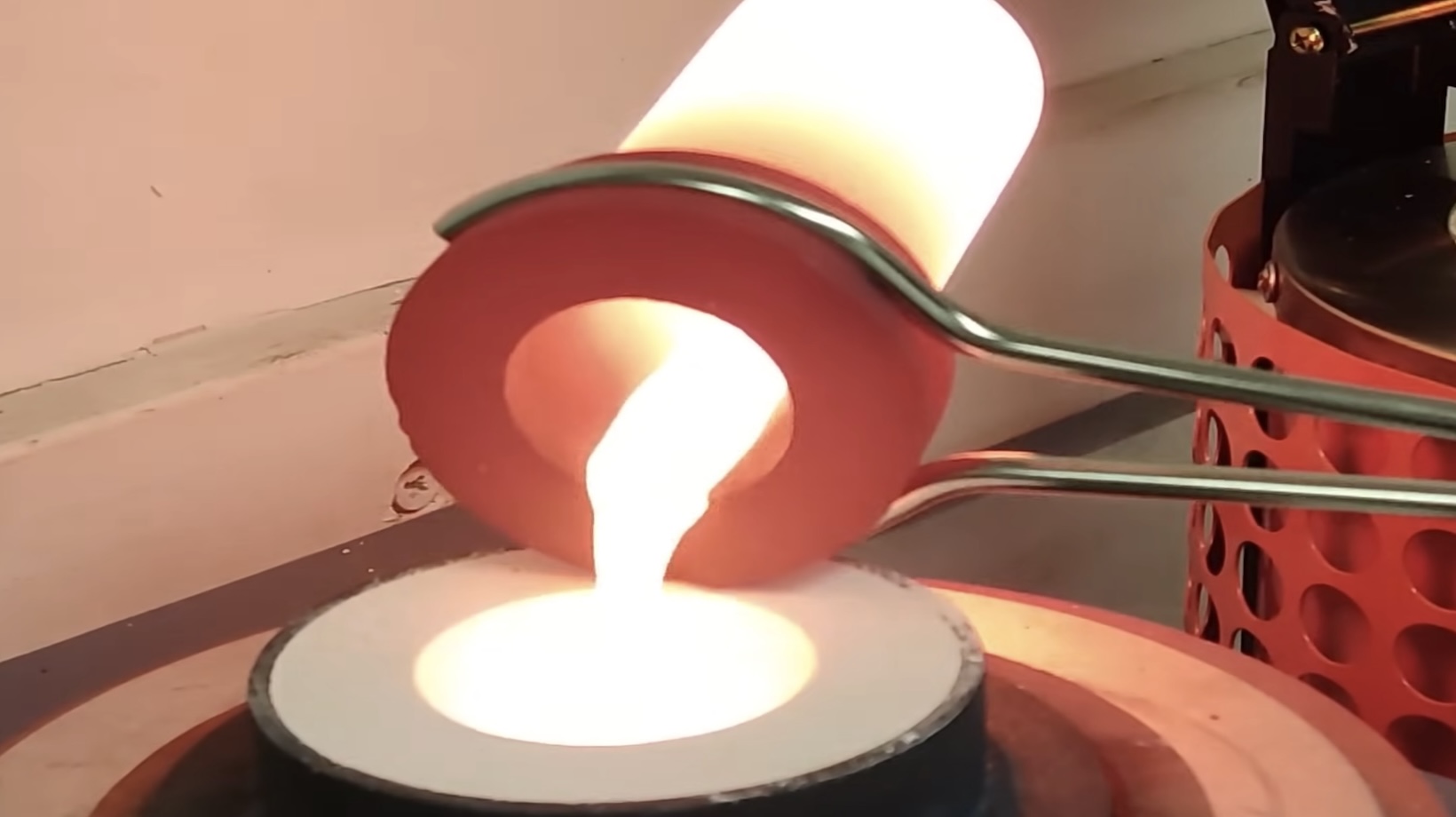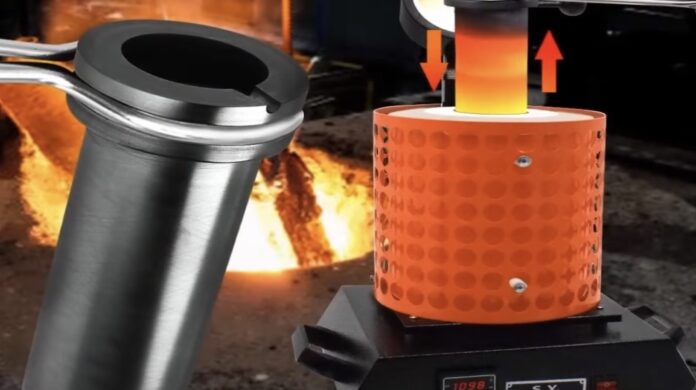What is an Electric Furnace
An electric furnace is a heating system that uses electrical resistance to produce heat. This system generates warmth by pushing air across heated elements and then circulating it throughout your home. Unlike gas or oil furnaces that require combustion to generate heat, an electric furnace uses a series of heating elements controlled by thermostats and package sequencers.
Components of an Electric Furnace
Primarily, an electric furnace consists of heating elements, a blower motor, and package sequencers.
- Heating Elements: The core of the furnace, where air is heated. These elements are composed of metals such as nichrome or kanthal, designed to resist and produce heat when electricity passes through them.
- Blower Motor: This component helps distribute warm air throughout your home. After the air is heated by the elements, the blower motor pushes it into the ductwork, where it’s then circulated around the house.
- Package Sequencers: Crucially, these components control the cycling of the heating elements. They ensure consistent heating by staging the elements’ operation. If all elements came on at once, it could lead to power surges and imbalanced heating. Package sequencers prevent this by ensuring a staggered, steady operation.
Advantages of Electric Furnaces
Electric furnaces hold several advantages over other heating methods including their cost-effectiveness, efficiency, their safe and eco-friendly operation.
- Cost-Effective Operation: Installing and maintaining an electric furnace can be cheaper than gas or oil alternatives. You don’t need expensive pipework or a fuel storage system. Plus, the initial investment is usually lower than for other types of furnaces.
- Efficiency: Electric furnaces convert nearly all the electricity they draw into useful heat, making them more efficient than fossil fuel alternatives.
- Safe Operation: There’s no risk of carbon monoxide poisoning or explosions, as there are no combustible fuels involved in the heating process.
- Eco-friendly: Electric furnaces can be powered by renewable energy sources like solar or wind, making them a green choice for home heating.
As you can see, the inner workings of an electric furnace combined with potential cost and efficiency benefits offer great value to homeowners. By understanding this, we can appreciate the necessity and sophistication of package sequencers in the role they play within electric furnaces. It is indeed fascinating how such seemingly small components, like package sequencers, hold the key to the operation and efficiency of our home heating systems.

All Electric Furnaces Use Package Sequencers
An integral part of electric furnaces, package sequencers coordinate the function and cycling of heating elements. Their role is pivotal with regard to furnaces’ efficiency, safety, and cost-effectiveness.
How do Package Sequencers Work?
Package sequencers essentially act as traffic directors for furnace heat. They manage the activation and deactivation of individual heating elements in a rhythmical manner. This gradual “sequencing” ensures elements don’t surge with power all at once which could potentially trip circuit breakers or harm the furnace’s blower motor.
It’s easy to think of them as conductors of an orchestra, meticulously coordinating which section plays when, to create harmonious, balanced heating. This balance is what leads to steadier indoor temperatures, less energy usage, and reduced utility bills.
Benefits of Using Package Sequencers
The benefits of package sequencers in electric furnaces go beyond just maintaining balanced temperatures. Exploring these advantages further paints a more comprehensive picture of their importance:
- Increased Energy Efficiency – By “staging” the heating process i.e. not turning every element on at once, sequencers reduce energy consumption and increase efficiency.
- Enhanced Comfort – The careful regulation ensures a more consistent thermostat temperature which equates to a more comfortable living environment.
- Mitigated Safety Concerns – Package sequencers ensure that heating elements aren’t overloaded. This limits wear and tear, increasing the longevity of elements and the furnace itself while also reducing risk of fire.
- Cost-Effectiveness – Sequencers help limit energy usage which in turn decreases overall energy costs. Furthermore, their role in increasing system longevity reduces the need for frequent replacements or repairs.
The influence package sequencers have on electric furnaces is considerable. They are vital to the furnace’s operation and performance, and understanding them allows us to more fully appreciate the sophistication of modern electric heating systems.


